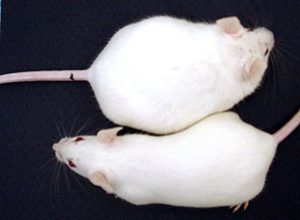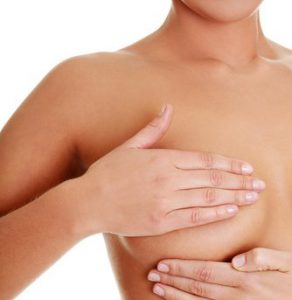Cancer From the Kitchen?
The Good News and the Bad News on Plastic is an article in the New York Times that is both disturbing as well as enlightening as to the steps we can take to protect our health from environmental toxins surrounding us every day. We’ve included the main points below; read the full article here.
What if breast cancer in the United States has less to do with insurance or mammograms and more to do with contaminants in certain plastic containers in our kitchens? What if the surge in asthma and childhood leukemia reflects, in part, the poisons we impose upon ourselves? Dr. Philip Landrigan, the chairman of the department of preventive medicine at Mount Sinai, said that the risk that a 50-year-old white woman will develop breast cancer has soared to 12% today, from 1% in 1975. Likewise, asthma rates have tripled over the last 25 years. Childhood leukemia is increasing by 1% per year. Some chemicals may even play a role in obesity.
One class of chemical is believed to create “endocrine disruptors,” which are similar to estrogen and may fool the body into setting off hormonal changes. These endocrine disruptors are found in everything from certain plastics to various cosmetics, machine receipts, shampoos and couches. “There’s a ton of stuff around that has estrogenic material in it. There’s makeup that you rub into your skin for a youthful appearance, that is really estrogen.”
More than 80,000 new chemicals have been developed since World War II. Of the major chemicals, fewer than 20% have been tested for toxicity to children.
Endocrine Disruptors Lead to Weight Gain
In January of 2013, the New York Times published this photo:

The mice are “genetically the same, raised in the same lab and given the same food and chance to exercise… The only difference if that the top one was exposed at birth to just one part per billion of an endocrine-disrupting chemical. The brief exposure programmed the mouse to put on fat, and although there were no significant differences in calorie intake or expenditure, it continued to put on flab long after the chemical was gone.”
Peer-reviewed academic studies have identified 20 substances as obeseness, a new term for chemicals that cause animals to store fat. Among chemicals identified as obesogens are materials in plastics, canned food, agricultural chemicals, foam cushions and jet fuel.
Exposure in utero and in childhood have the greatest effects on changing out body’s natural course, yet the vast majority of OBGYNs and pediatricians do not discuss the risks of chemical exposure with parents.
Follow these guidelines for decreased exposure:
- Do not microwave food in plastic containers or put plastics in the dishwasher; the heat may cause the chemicals to leach out.
- Beware of plastic containers with the numbers 3, 6 and 7 on the bottom. These are the most dangerous. Safer plastics are 1, 2, 4 and 5. Even better, store food in glass containers.
- Opt for fresh or frozen foods in lieu of those in cans. If you do choose a can, be sure it has not been damaged.
- Wash hands after handling receipts.
- Sip from steel or glass containers instead of plastic water bottles. You’ll also be doing the environment as favor.
- If you do drink from plastic water bottles, never reuse them or let them heat up (as in on the front seat of your car) before drinking from them.
- Look for BPA-free containers.
- Try to avoid beauty products containing the word “fragrance” in the ingredient list.
- Opt for organic produce whenever possible.
- Hydrate with pure water instead of water with a BVO additive such as Gatorade or Powerade.
BPAs, Breast Cancer and Keeping Yourself Safe
A Wall Street Journal article, All Natural or Not Quite, reported specifically on how endocrine disruptors like BPAs affect the breasts and the reproductive systems in school age girls. “Breasts in particular are most vulnerable when they are changing and developing.” Environmental chemicals like BPAs are arguably the cause of early puberty that we see across the country. Early puberty raises a lifelong risk of breast cancer, “partly because breasts are exposed to more estrogen the more menstrual cycles a women has.” According to the article, high levels of BPAs were found in a mother and daughter from household items and have been found in a nursing mother’s breast milk.

Household items containing BPAs include:
- Pleather (also found on most school buses)
- Some scented deodorant, bubble bath, lotions and soaps
- Plastic wrapped food
- Inside cans and plastic bottles
- Bike helmets
- Receipts
It is clearly not an easy thing to keep your daughter away from nail polish and bubble bath, Williams observes. “Safeguarding one’s family from silent endocrine disruptors feel like a folly…” Without stricter regulations, there is no way to go completely untouched, but we can make the small changes mentioned above to our daily habits to lessen the exposure.